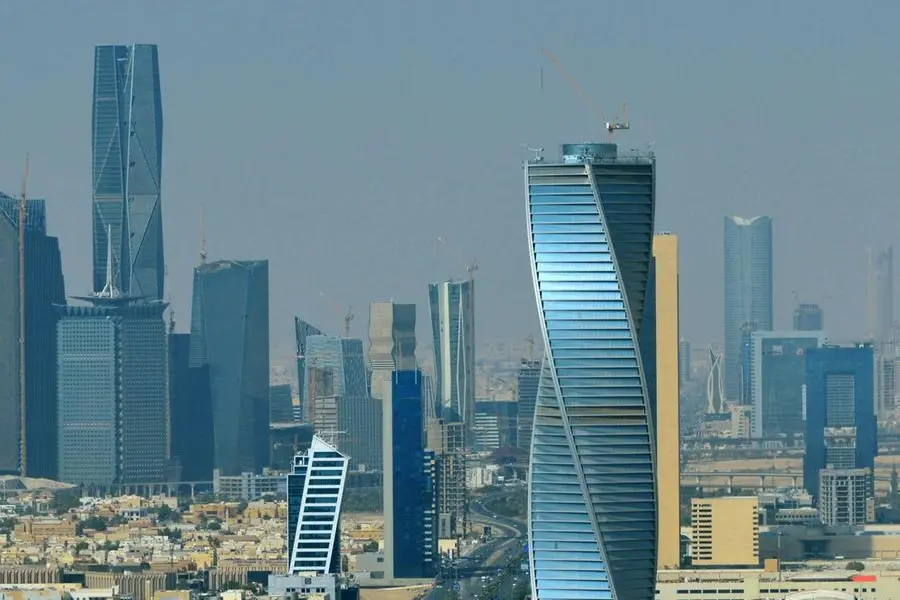The Islamic finance industry has been anchored by its most high profile global product - sukuk, which have not only been instrumental in the development of Islamic capital markets, but have also acted as a poster child for promoting Islamic finance to the international financial community.
A testament of the exponential growth of the sukuk market over the recent past is highlighted by the fact that the total value of sukuk issuance over a 20-year period up to 2010 amounted to USD 201.6 billion whilst the value of sukuk issuance in the last three years (2011-2013) has exceeded USD 336 billion.
To capitalize on this momentum, the global sukuk market continues to experience tailwinds with a number of factors that support its positive long-term growth.
DEMAND OUTSTRIPPING SUPPLY
Despite the strong growth in sukuk issuance, demand continues to outstrip supply due to the unabated growth in Islamic banking and financial assets. Given wealth generation in the Muslim world, putting that wealth to work will continue to drive the demand of Islamic products with a particular focus on sukuk. Beyond the Muslim world, Islamic banking is continuing its growth in areas where there is a sizeable Muslim population.
STRUCTURE EVOLUTION AND LONGER TENORS
The evolution of structures from the original Ijara sukuk has been instrumental in increasing sukuk issue size for issuers. Structures such as Wakalah bil Istithmar have allowed issuers to maximize the use of limited tangible assets in an issuance and, thus, allowed them to issue a larger quantum than if they had used an Ijara structure. Moreover, issuers like Ooredoo have used other "real" tangible assets such as airtime minutes via a Manafae structure. The evolution of these structures has positively impacted the volume of sukuk and diversity of issuers coming to the market.
A number of issuers such as the state of Qatar, government of Dubai and Saudi Electricity Company have come to the market with long tenure trades signaling that the industry is ready to look beyond its traditional five-year sweet spot. This trend adds to the depth of the market as well as attracting more issuers to consider issuing in sukuk format rather than raising conventional bonds.
GLOBAL ISLAMIC HUB RACE
Both London and Dubai have said they would like to become global Islamic finance hubs; this will immensely buoy the sukuk industry with the respective jurisdictions providing a legislative and regulatory environment conducive for Islamic bonds.
There is strong momentum building among a number of sovereigns to issue sukuk, including the United Kingdom, South Africa, Luxembourg and Hong Kong, to name a few. This is in addition to the existing active sovereign issuers like Turkey, Indonesia, Malaysia, UAE (Dubai in particular), Qatar and Bahrain. This momentum continues to flow down to financial institutions and corporates to further deepen the sukuk market.
The last few years have also seen an increase in new instruments with the ADIB and DIB Tier 1 Sukuk (Nov 2012 / Mar 2013), Bank Asya Tier 2 Sukuk (Mar 2013), and the GEMS Perpetual Sukuk (Nov 2013) all contributing to widening the sukuk products space.
CHALLENGES
However, there are several challenges that need to be addressed for the sukuk industry to build on this positive momentum.
Despite successful primary issuances, which are by and large oversubscribed, the hold to maturity mentality of sukuk investors has led to low trading volumes. The challenge is for the industry to continue to bring issuance to the market and create products to tap into the liquidity, enabling sukuk holders to swap between their positions. The recent volume and diversity of products has addressed the issue to an extent, but more needs to be done to stimulate a more liquid secondary market.
A 2007 paper by Mufti Taqi Usmani, which stated that certain sukuk using a fixed price purchase undertaking were not in line with the principles of sharia, impacted not only the liquidity of the market, but also its credibility. To avoid such incidents, the industry will benefit by standardizing the structures it uses. These structures would ideally have the approval of the widest set of sharia scholars, thus avoiding retroactively opining on sharia compliance of structures that are currently in use.
Increased time and cost are one of the major concerns for an issuer while contemplating a sukuk issuance over a conventional bond. Governing bodies and industry practitioners should look to streamline a number of popular structures and their respective documentation to make the issuance process more time- and cost-efficient.
In summary, the sukuk market has gone from strength to strength over the past few years and continues to pave the way into new markets with strong innovation in terms of structures and instruments. If the sukuk market is to continue its growth and compete head to head with its conventional finance equivalent, industry practitioners need to work towards more efficiency, both in the primary and secondary markets.
Hani Ibrahim is the head of Debt Capital Markets at QInvest.
© Zawya 2014




















